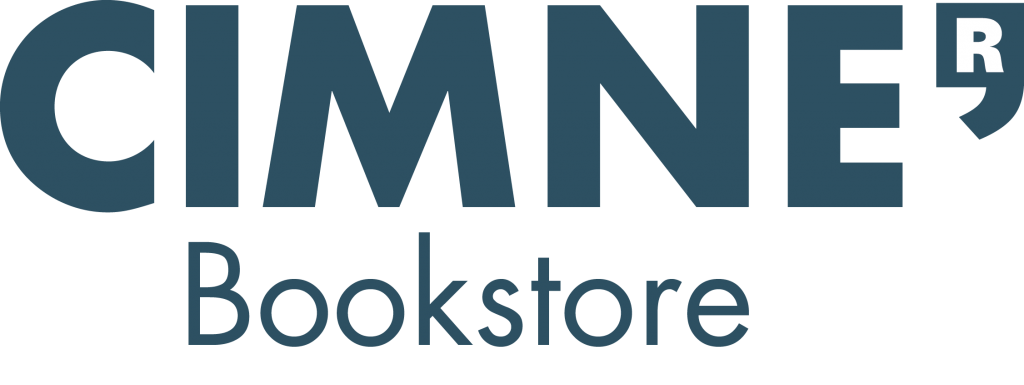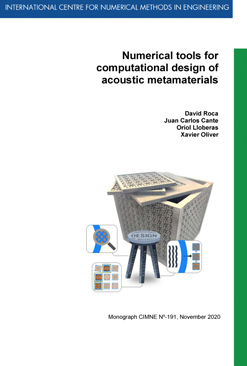Numerical tools for computational design of acoustic metamaterials
FREE!
Editorial: CIMNE
Year of publication: 2020
Pages: 70
Editorial: CIMNE
Year of publication: 2020
Pages: 70
Description
The notion of metamaterials as artificially engineered structures designed to obtain specific material properties, typically unachievable in naturally occurring materials, has captured the attention of the scientific and industrial communities. Among the broad range
of applications for such kind of materials, in the field of acoustics, the possibility of creating
materials capable of efficiently attenuating noise in target frequency ranges is of
utmost importance for a lot of industrial areas. In this context, the so-called locally resonant acoustic metamaterials (LRAMs) can play an important role, as their internal topology can be designed to exhibit huge levels of attenuation in specific frequency regions by taking advantage of internal resonance modes. With a proper, optimized topological design, LRAMs can be used, for instance, to build lightweight and thin noise insulation panels that operate in a low-frequency regime, where standard solutions for effectively attenuating the noise sources require dense and thick materials.
Given the importance of the topological structure in obtaining the desired properties in
acoustic metamaterials, the use of novel numerical techniques can be exploited to create
a set of computational tools aimed at the analysis and design of optimized solutions.
These are based on three fundamental pillars: (1) the multiscale homogenization of complex material structures in the microscale to get a set of effective properties capable of
describing the material behavior in the macroscale, (2) the model-order reduction techniques, which are used to decrease the computational cost of heavy computations while still maintaining a sufficient degree of accuracy, and (3) the topology optimization methods that can be employed to obtain optimal configurations with a given set of constraints and a target material behavior. This set of computational tools can be applied to design acoustic metamaterials that are both efficient and practical, i.e. they behave according to their design specifications and can be produced easily, for instance, making use of novel additive manufacturing techniques.
Additional information
| format | Monograph |
|---|---|
| Year of Publication | 2020 |

